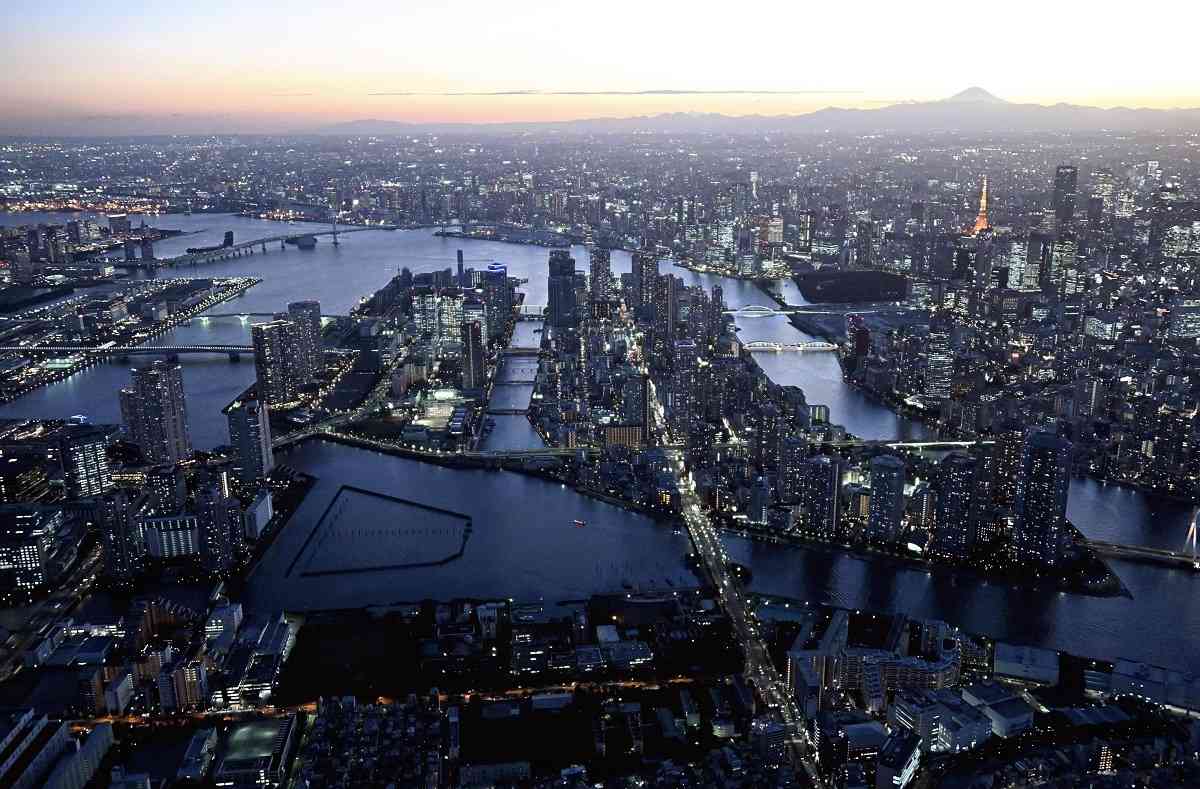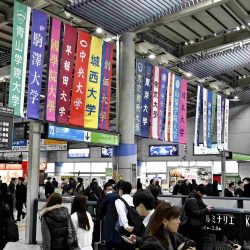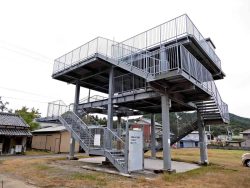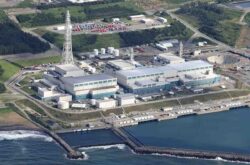Typhoon Ampil Expected to Bring Heavy Rain in Tokyo, Neighboring Areas; JMA Advises Caution Against Storms, Waves
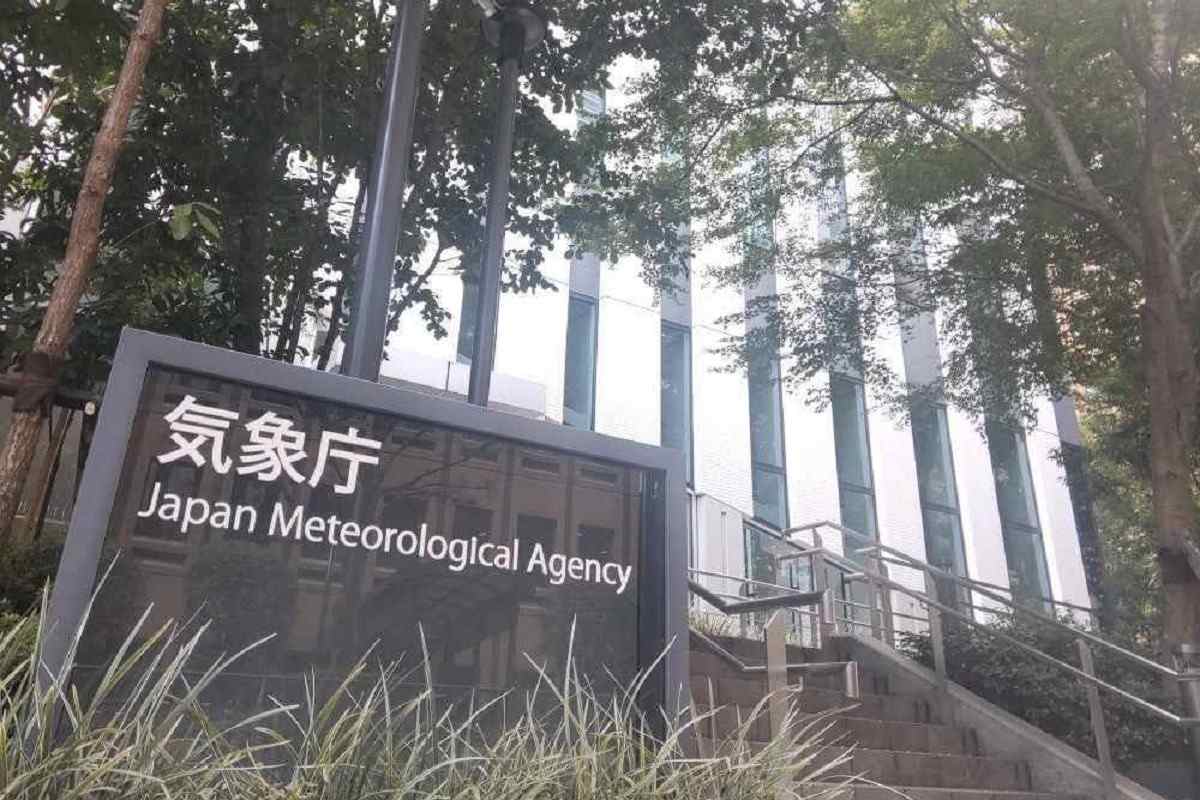
The Japan Meteorological Agency in Minato Ward, Tokyo
16:52 JST, August 15, 2024
Typhoon Ampil developed and moved northward near the Ogasawa Islands on Thursday and is expected to bring strong wind and heavy rain to the Izu Islands and the Kanto region on Friday.
The Japan Meteorological Agency raised an alert for possible disasters due to heavy rain and urged people to exercise greater caution against storms and high waves.
According to the agency, in the 24-hour period to Friday noon, the typhoon, also known as Typhoon No.7, is forecast to bring 200 millimeters of rainfall in the Kanto-Koshin region and on the Izu Islands. In the 24-hour period to Saturday noon, 200 millimeters of rain is predicted in the Kanto-Koshin region and 100 millimeters is expected on the Izu Islands. A maximum wind speed of 162 kph is expected on land in the Kanto region on Friday.
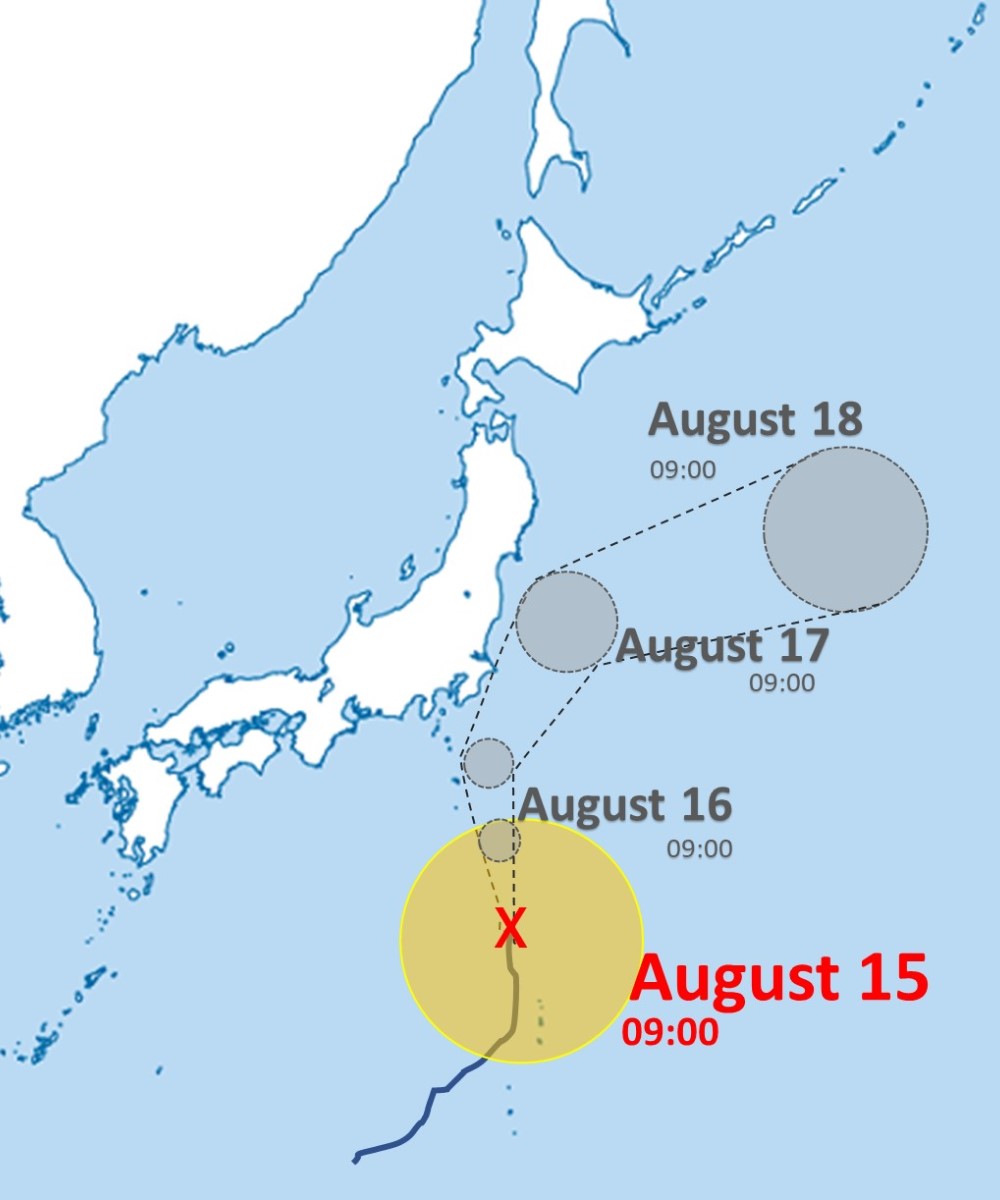
The typhoon is likely to cause major disruptions to public transportation systems. JR and other companies have called for people to take precautions such as considering changing their itineraries, as the typhoon’s approach will coincide with people returning from hometowns or other Bon holiday destinations.
East Japan Railway Co. (JR East) announced Thursday that a total of 20 inbound and outbound train services on the Tohoku, Joetsu and Yamagata Shinkansen lines will be canceled from around 11 a.m. Friday through the end of the day. Train services on the Hokuriku and Akita Shinkansen lines could also be canceled or delayed.
According to Central Japan Railway Co. (JR Tokai), in addition to the cancellation of Tokaido Shinkansen train service between Tokyo and Nagoya stations on Friday, there is a possibility of significant delays, cancellations or suspensions of some train services on the Tokaido Shinkansen line on Saturday, depending on conditions, including equipment inspections.
JR Tokai has asked travelers to consider changing their plans while paying attention to weather information and train operation status.
According to the weather agency, the typhoon was moving northward at 20 kph at a point about 300 kilometers north-northwest of Chichijima Island, which is part of the Ogasawara Islands, as of 9 a.m. on Thursday. Its central atmospheric pressure was 970 hectopascals with a maximum wind speed of 126 kph d near the center.
Related Tags
"Society" POPULAR ARTICLE
-

M4.9 Earthquake Hits Tokyo, Neighboring Prefectures
-

Israeli Tourists Refused Accommodation at Hotel in Japan’s Nagano Pref., Prompting Protest by Israeli Embassy and Probe by Prefecture
-

M7.5 Earthquake Hits Northern Japan; Tsunami Waves Observed in Hokkaido, Aomori and Iwate Prefectures
-

Tsukiji Market Urges Tourists to Avoid Visiting in Year-End
-

High School in Kyoto Says Students Shoplifted during Recent School Trip to Bali, Indonesia
JN ACCESS RANKING
-

Tokyo Economic Security Forum to Hold Inaugural Meeting Amid Tense Global Environment
-

Keidanren Chairman Yoshinobu Tsutsui Visits Kashiwazaki-Kariwa Nuclear Power Plant; Inspects New Emergency Safety System
-

Imports of Rare Earths from China Facing Delays, May Be Caused by Deterioration of Japan-China Relations
-

University of Tokyo Professor Discusses Japanese Economic Security in Interview Ahead of Forum
-

Japan Pulls out of Vietnam Nuclear Project, Complicating Hanoi’s Power Plans


